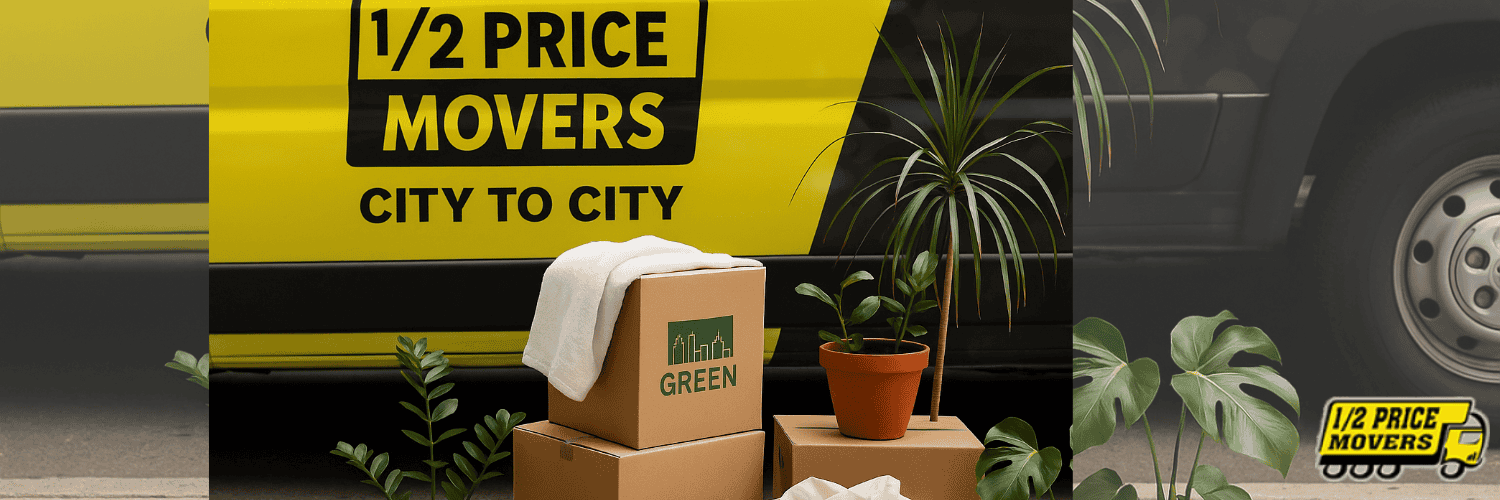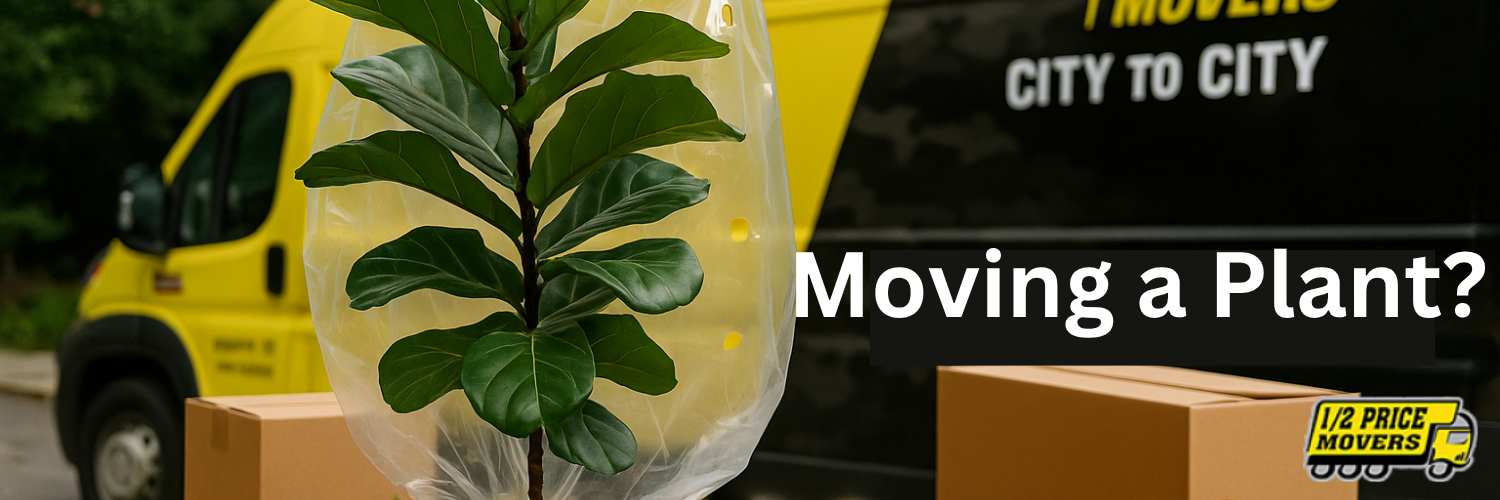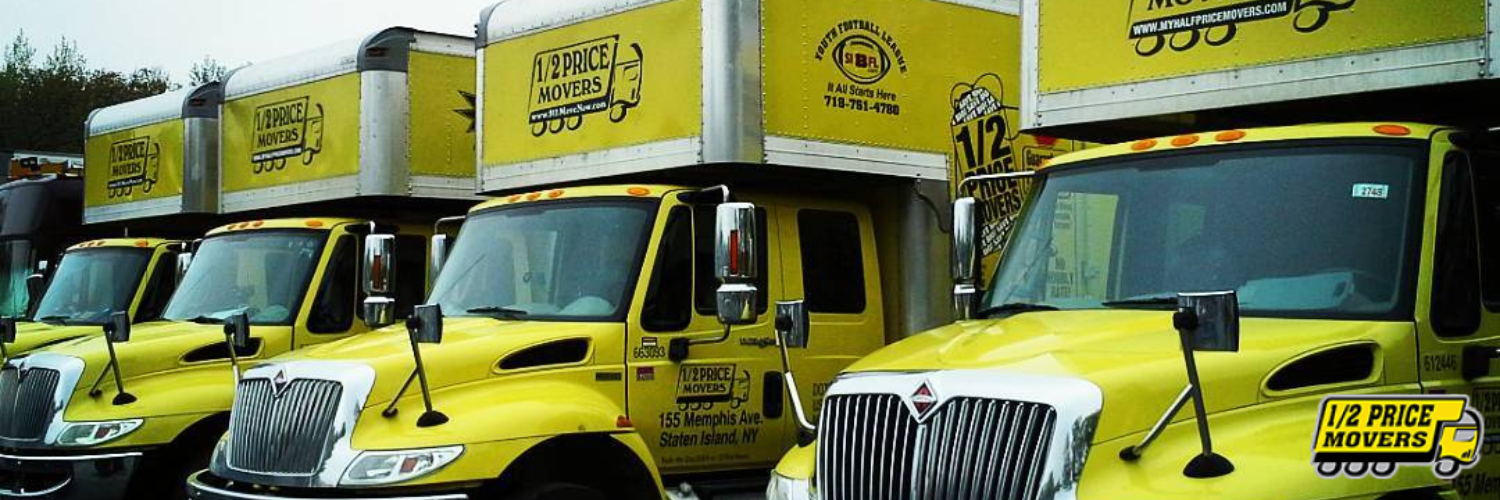Moving Plants: How to Relocate Them Without Harm
Let’s be honest—moving is stressful enough without having to worry about the well-being of your beloved houseplants. One minute, they’re thriving in a sunny corner, and the next, you’re wondering if they’ll survive a car ride wrapped in bubble wrap and worry. It’s not just a plant—it’s your green buddy that saw you through long nights, lazy Sundays, and maybe a heartbreak or two. If you’ve ever apologized to a fern after brushing it too hard or referred to your monstera by name, then you’re in the right place. This guide is for people who know that moving isn’t just about hauling furniture—it’s about safely relocating every living part of your home, roots and all.
Thankfully, moving with plants doesn’t have to be a horror story. With a little planning, a few smart supplies, and perhaps a kind mover, you can ensure your leafy crew arrives just as healthy as when they left. Let’s dig into it, and if you’re looking for a little help, we’ll also discuss finding the best movers in NYC who understand that plants are part of the family.
Planning Your Move: A Detailed Timeline for Moving House
Plants don’t love surprises. Give them and yourself some breathing room with a little prep work.
A few weeks out: Do a reality check—how many plants are coming with you? Will your new windows have the same light? Be honest about what you can keep, and try to rehome the ones you can’t. Give your keepers some love: prune them, check for pests, and consider swapping heavy pots for lightweight plastic ones. If you have any particularly fragile or rare plants, start researching the best way to handle their specific needs now.
About a week before: Gather soft towels, sturdy boxes, labels, and ties. We’ve teamed up with StackMovers to offer reusable plastic bins.
Slowly shift plants into slightly dimmer light if the new space is less bright. This gentle acclimation can help avoid a total meltdown later. Water only as needed, and give each plant a mini wellness check. If any plant looks under the weather, make a note—it may need extra care during the move.
A day or two before: Water sparingly—moist soil is fine, soggy isn’t. Group plants by size and sturdiness. Tall plants might need extra padding, while small pots can be packed close together. Make sure each plant is labeled and ready to go. And yes, talk to them if you want—they’ll appreciate it, or at least you’ll feel a little less guilty.
How to Pack Plants for Moving: Choosing the Right Plant Moving Boxes?

Packing plants is an art. One wrong move and you’ve got soil everywhere or a broken stem that’ll haunt you for weeks.
Start with the pot: Unless the pot’s made of breakable ceramic, keep your plant where it is. If needed, move it into a lighter plastic pot. Line the base of the box with towels or T-shirts and pad the sides so the plant doesn’t jiggle around like luggage on a bumpy flight. Add something absorbent underneath the pot in case any residual water leaks.
Give taller plants a little hug: Use soft ties or string to gather long stems or floppy leaves without bending or bruising them. A few strategic wraps can prevent accidental damage. You can also use a lightweight plastic bag with holes to loosely cover the top, which can protect leaves from brushing up against things while still letting air in.
Label like you mean it: Write “This Side Up,” “Fragile,” and even your plant’s name if it helps. Movers who see “Kevin the Fiddle Leaf Fig” may just be a little more gentle. Plus, labels save time when you’re unpacking in your new jungle. If you’re working with movers, adding “Live Plant – Do Not Stack” is also a good idea.
Moving a Plant? How to Transport Them Safely Step-by-Step

This is the big moment. The boxes are packed, the movers are here, and your plants are ready to roll—hopefully without rolling over.
Strap ’em in, give ’em space
Plants ride best inside, not in the trunk. Buckle the box, pad the gaps, and let them breathe—no stacking the green crew.
Keep the vibes cozy
No sauna, no freezer. Just chill. Crack a window if it’s warm, block that harsh sun, and skip the AC blast to the face.
Plant care, but make it mobile
Pack a mini plant-first-aid kit (spray bottle, towel, tiny scissors, a scoop of soil). And when you arrive? Plants go in first—they’ve earned it.
If you’re feeling overwhelmed, some of the best professional movers in NYC know how to handle plants with the respect they deserve. Ask around. It never hurts to find someone who’s moved more than just bookshelves.
Green Moving Strategies: How to Make Your Move Eco-Friendly?
Moving tends to create a lot of waste, but you don’t have to toss your values out with your packing paper. For plant lovers, eco-conscious moving is just another way to walk the talk. After all, who better to care for the planet than someone who’s already nurturing a little jungle at home? Start with what you already have. Wrap your pots in old towels, swaddle your stems in worn T-shirts, and reuse those grocery store boxes that always seem to multiply under the sink. Even laundry baskets can double as sturdy plant carriers. Skip the shiny plastic bubble wrap—it’s not your plant’s style anyway. If you’re parting with a few plants (hey, it happens), think of it as matchmaking, not goodbye. That neglected philodendron might thrive with your neighbor who’s always wanted one. And those cuttings you’ve been meaning to pot? Perfect parting gifts. As for movers, don’t be shy about asking how green their services are. Some of the best movers in NYC now offer eco-conscious options like reusable bins and low-emission vehicles. Supporting businesses that care for your plants and the planet? Now that’s a win-win.
Essential Safety Tips for Moving Plants Locally
Just because you’re only moving across town doesn’t mean your plants are in for an easy ride. A short trip in a hot car or a sudden brake at a red light can turn a leafy friend into a sad, soil-spilled mess.
Treat your plants like the living, sensitive passengers they are. Even if the move takes just 15 minutes, a few poor decisions can leave your favorite fern flustered. And let’s be real: nothing kills moving momentum like having to repot your pothos before unpacking your plates.
- Don’t leave them in the car while you grab a snack. They’re not invincible, and they don’t like to sweat.
- Wedge pots snugly in boxes, cushion with old socks or towels, and place something grippy underneath to prevent sliding.
- Always move them last so they’re the first thing into your new space. It’s a small gesture with a big impact—they’ll bounce back quicker.
Got too many to fit in one trip? Call in backup. A friend with a car and an appreciation for foliage is all you need. Think of it like a plant road trip—just with fewer snacks and more chlorophyll.
Choosing the Best Professional Movers in NYC for Plant Relocation

You want movers who won’t stack your monstera under the microwave. Unfortunately, not all movers see the difference between a chair and a cactus. That’s why picking the right team matters. When you’re getting quotes or chatting with moving companies, don’t just ask about boxes and trucks—ask about their packing game. Do they know how to secure a delicate orchid? Have they moved someone’s entire balcony garden before? A yes means they’ve likely made a few mistakes already—and learned from them. The best professional movers in NYC won’t roll their eyes when you hand over a tray of succulents with names. They’ll nod, smile, and ask where you want them unloaded first. That’s the kind of energy you need on moving day. If your plant collection includes anything large, awkward, or spiky (looking at you, aloe), send a quick photo to your mover ahead of time. It’s an easy way to help them prep, and honestly—it’s kind of nice when someone shows your collection the respect it deserves.
After the Move: Helping Your Plants Adjust to a New Home
You did it. You got the plants, the boxes, and yourself to the new place in one piece. But now your leafy friends look like they partied too hard—wilting, yellowing, maybe dropping a leaf or two like confetti. Normal. Start by giving them a moment. They’ve been through a lot. Find a temporary home with similar lighting to where they came from. Keep watering minimally at first, and hold off on any repotting. They don’t need a makeover—they need a nap. Add some comfort: misting, gentle tunes, even just a calm vibe in the room. You’d be surprised what a little consistency can do. Some plants bounce back in a few days, others might need a couple of weeks. Be patient. Watch, wait, and give them space to recover. And here’s the best part—once they start perking up, you will too. That bright green shoot or lifted leaf is more than plant progress. It’s proof that the new place is starting to feel like home for both of you.
Final Thoughts on How to Move with Plants
Moving with plants isn’t just logistics—it’s emotional. These quiet little housemates have been part of your routine, your memories, your windowsills. They’ve seen the seasons change with you, and now they’re riding shotgun into a whole new chapter. They might lose a few leaves along the way, but they’ll bounce back, just like you. Change is hard—for you and your plants—but it also creates room to grow in unexpected ways. A little patience and sunlight go a long way. As you both adjust to the new space, take pride in how far you’ve come. Whether it’s a tiny succulent on the kitchen windowsill or a jungle of greenery in your living room, you’ve created something alive—and you’re bringing that life with you. And that matters. So talk to them, play them music, give them the window with the good morning light. You’ve both earned this new start.
And if this all feels like a lot, you’re not alone. We get it—plants can be fussy and moves can be chaotic. If you’d rather have someone help who’s done it all before (including calming down a stressed-out peace lily), give us a call at (718) 689-0556 or fill out the form on our website. No pressure, no salesy nonsense—just fellow plant lovers who know what it takes to move greenery with care.

